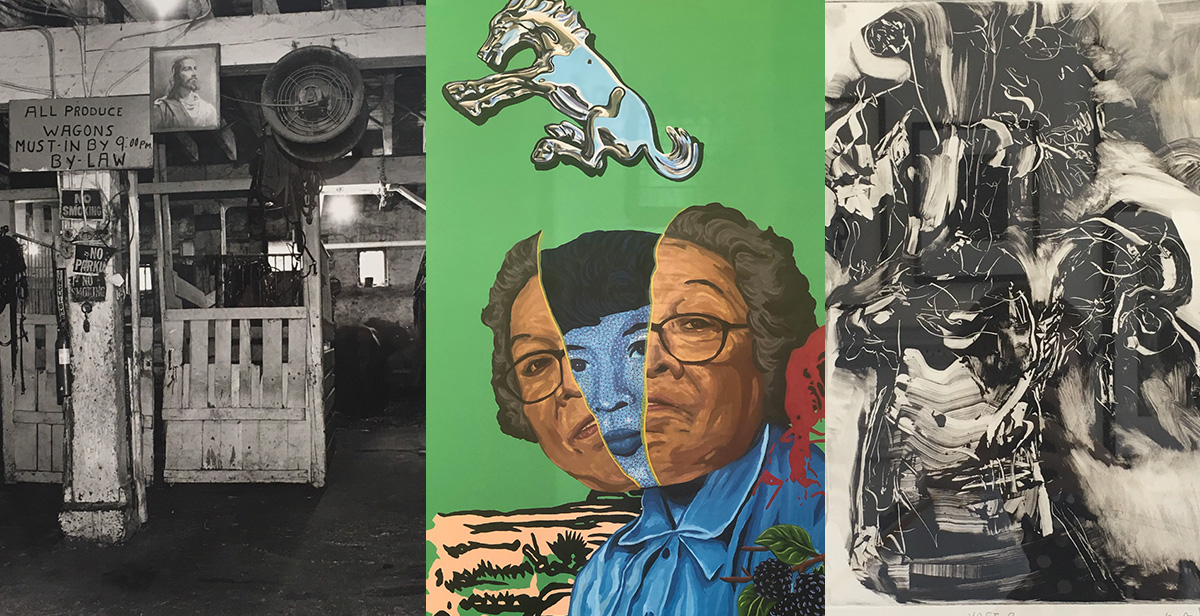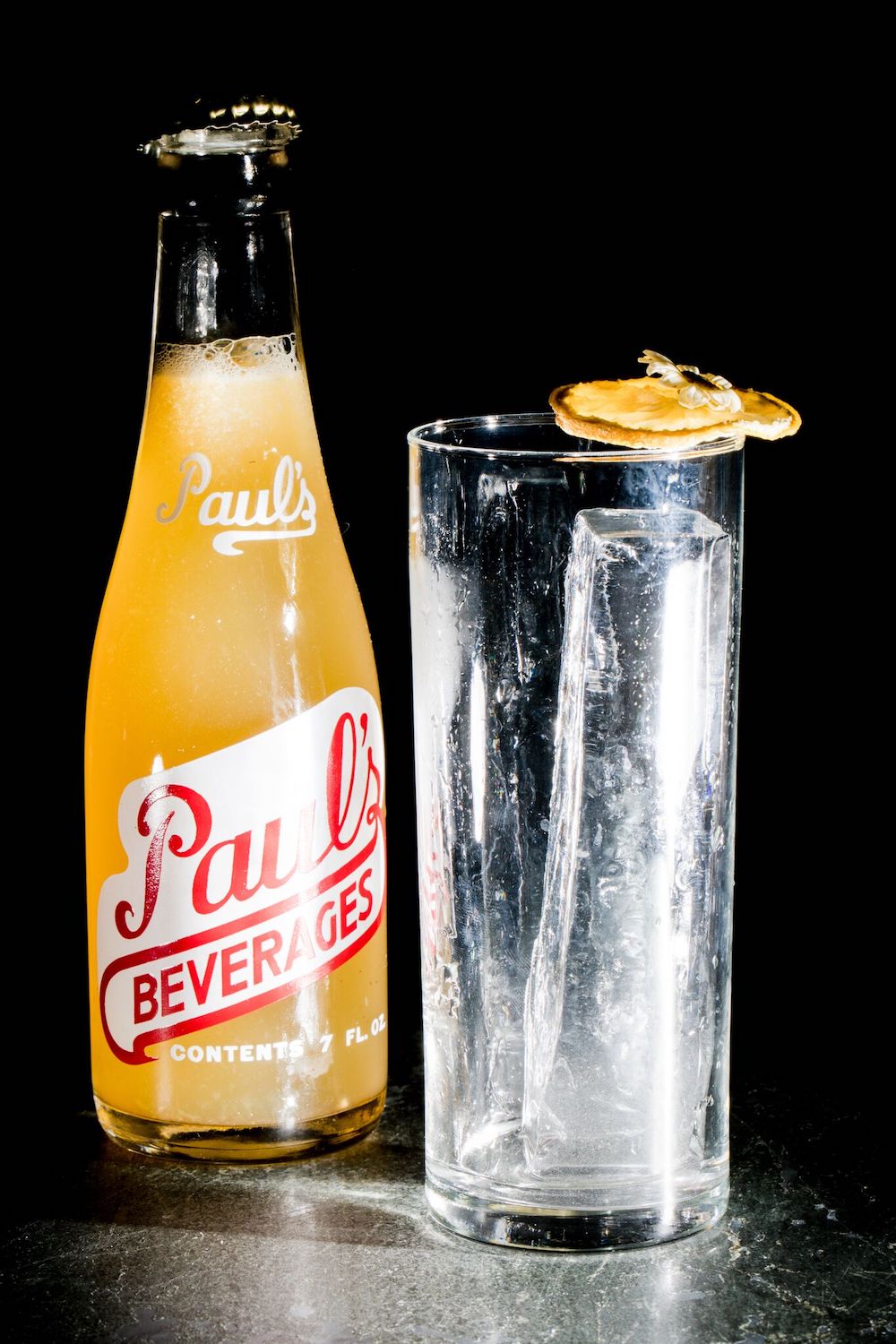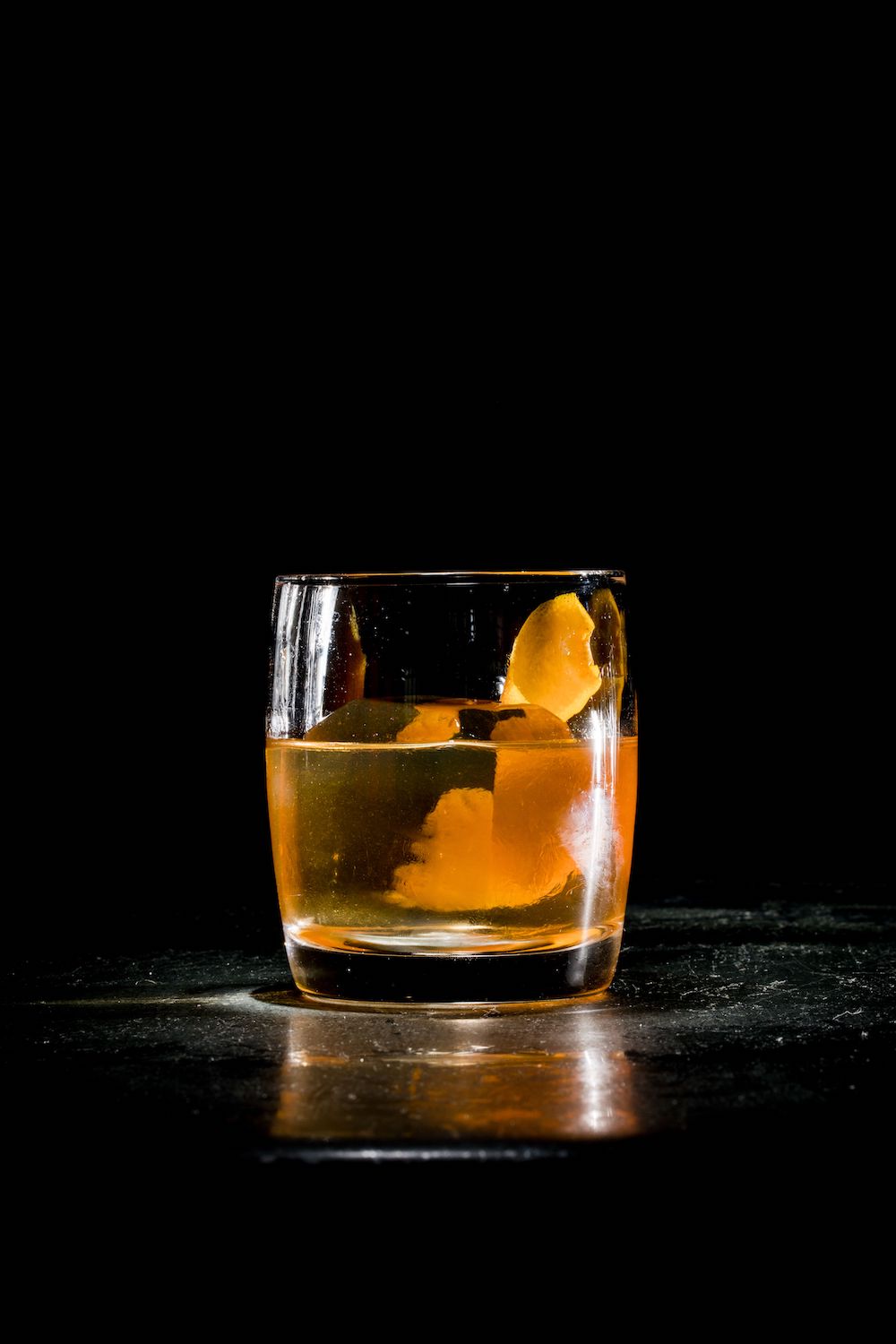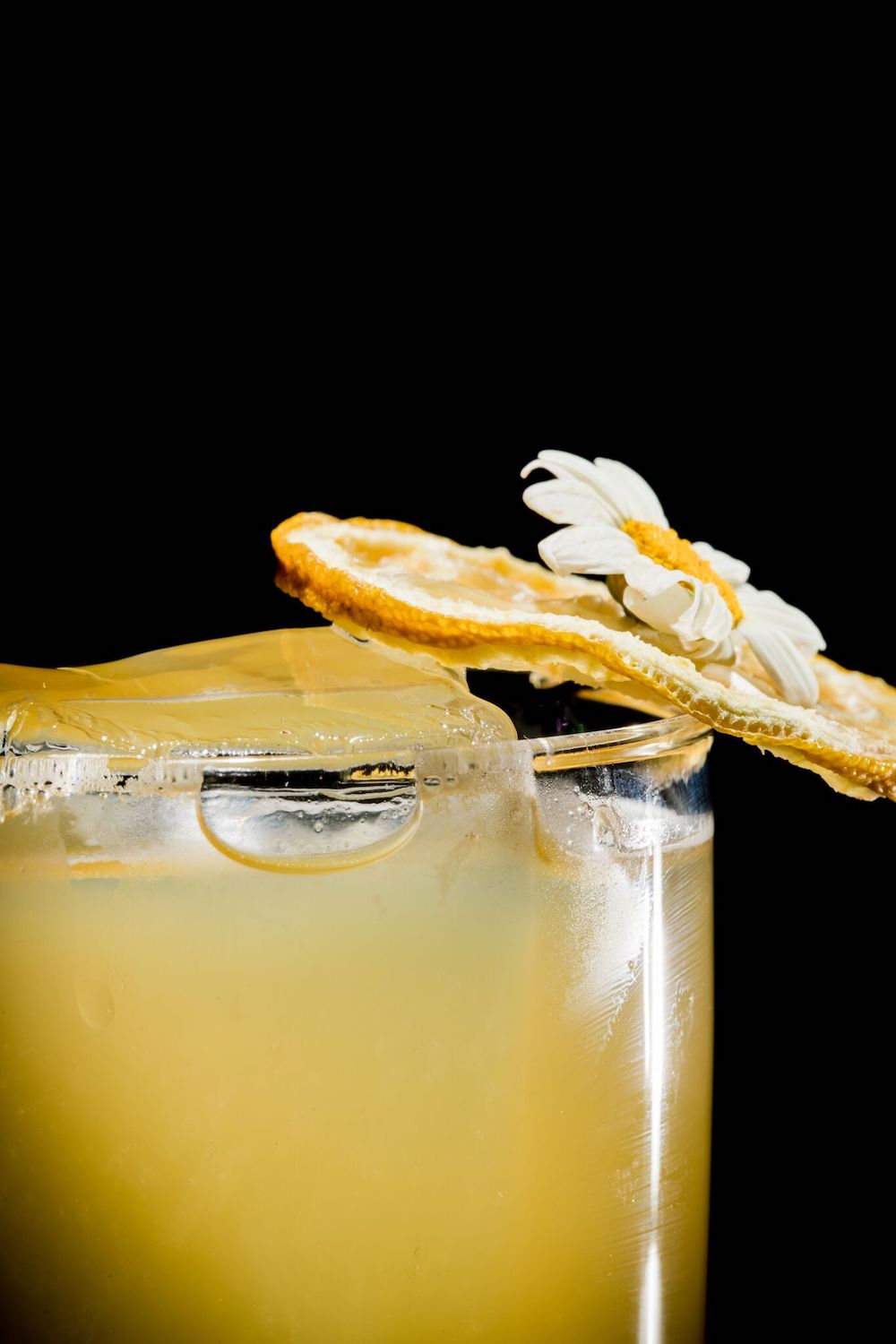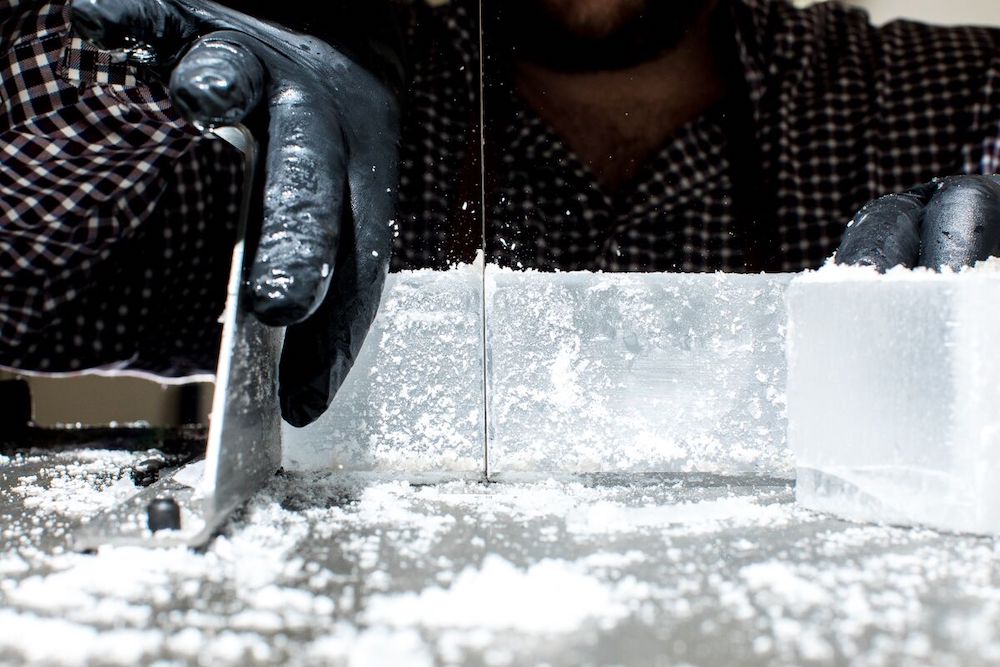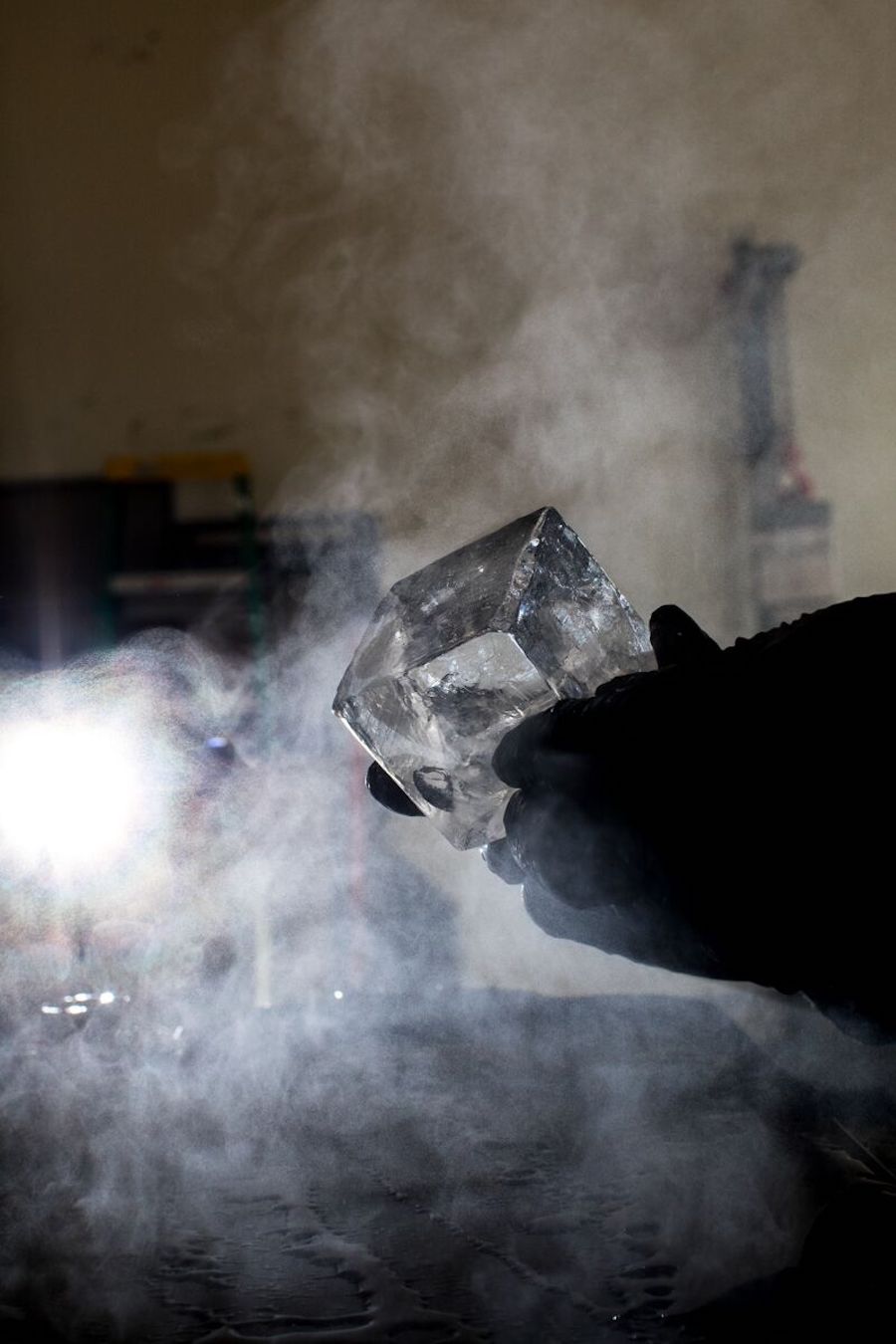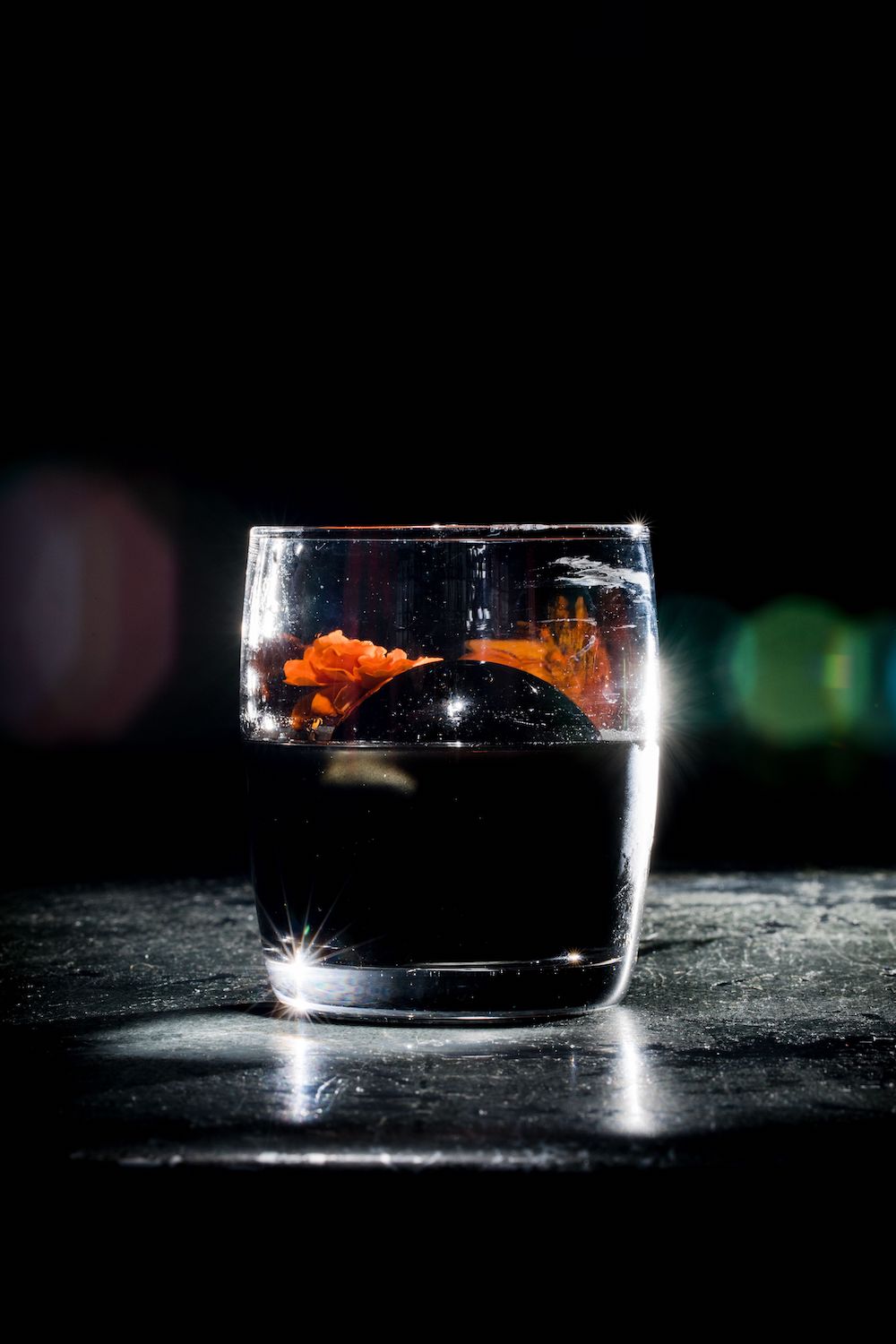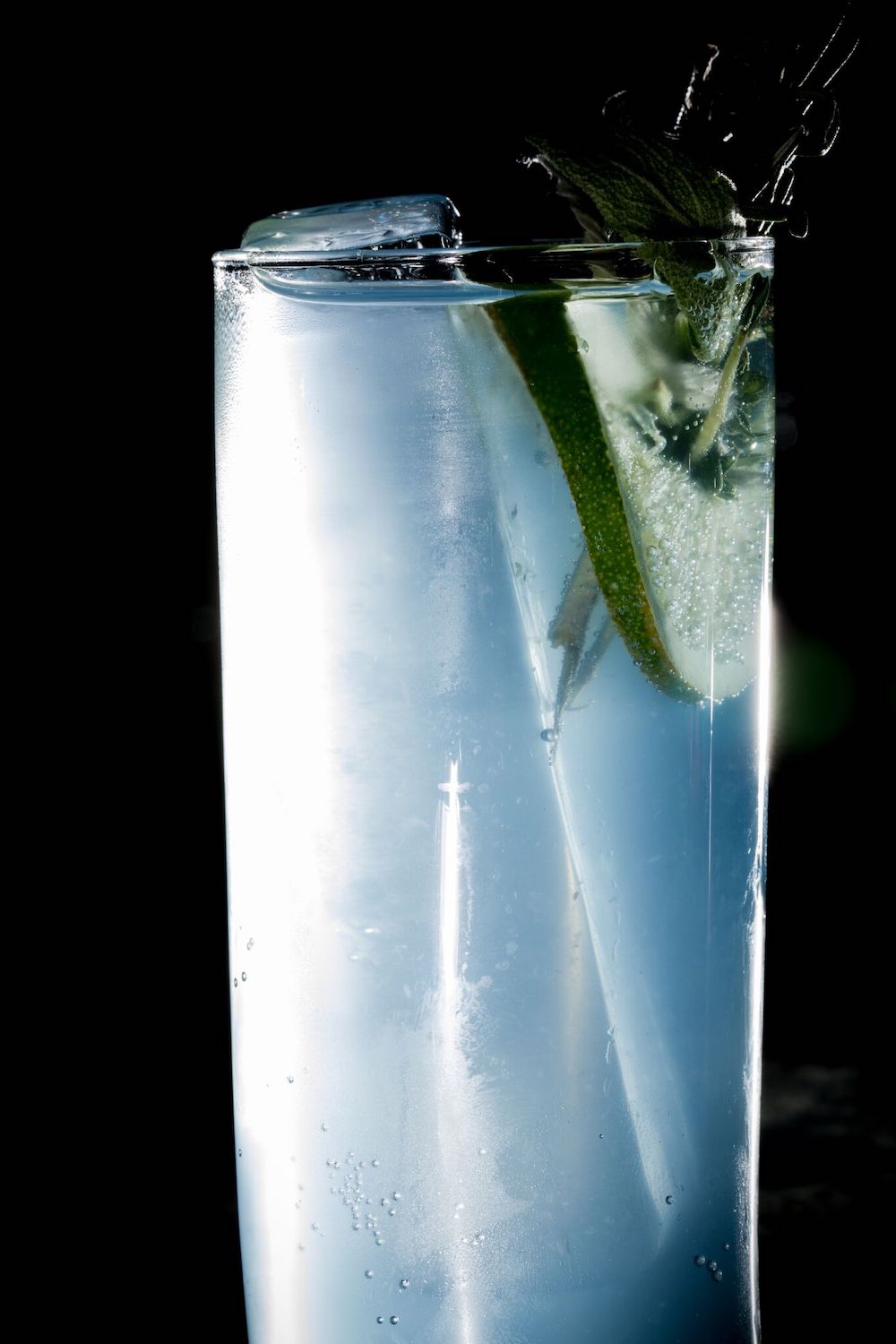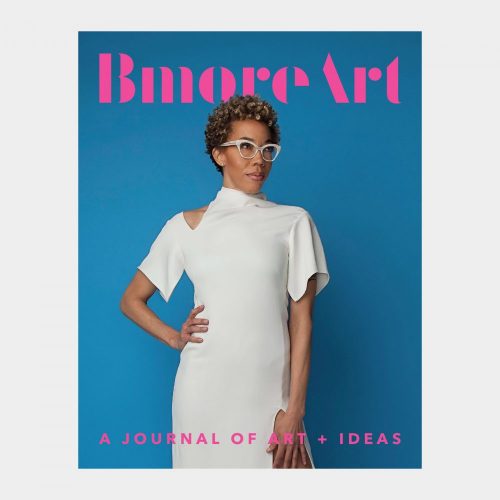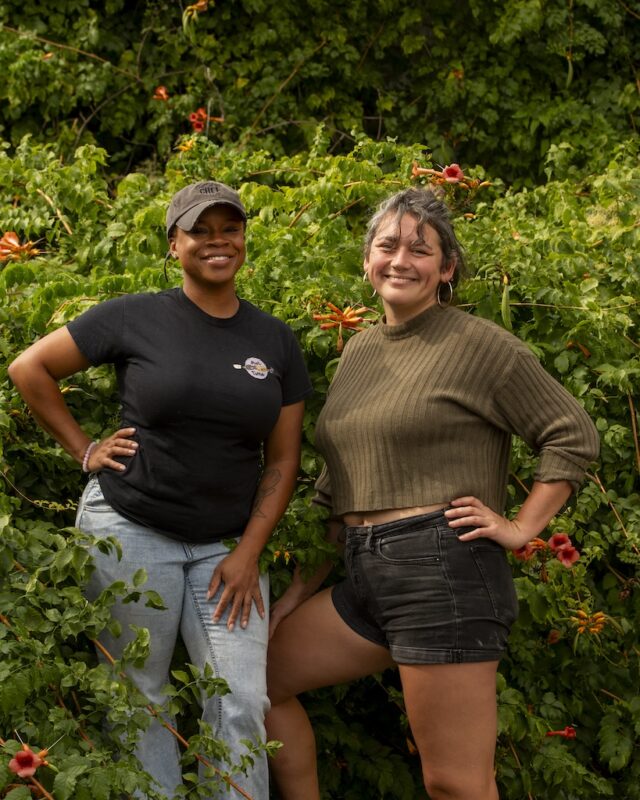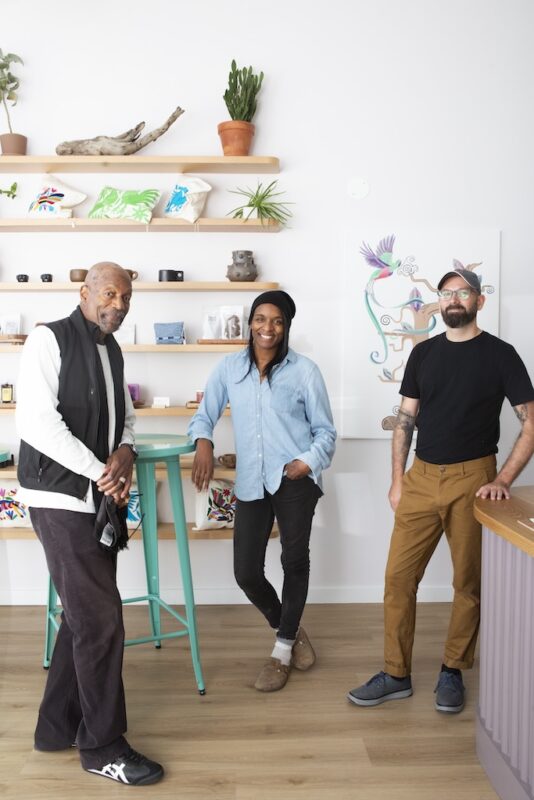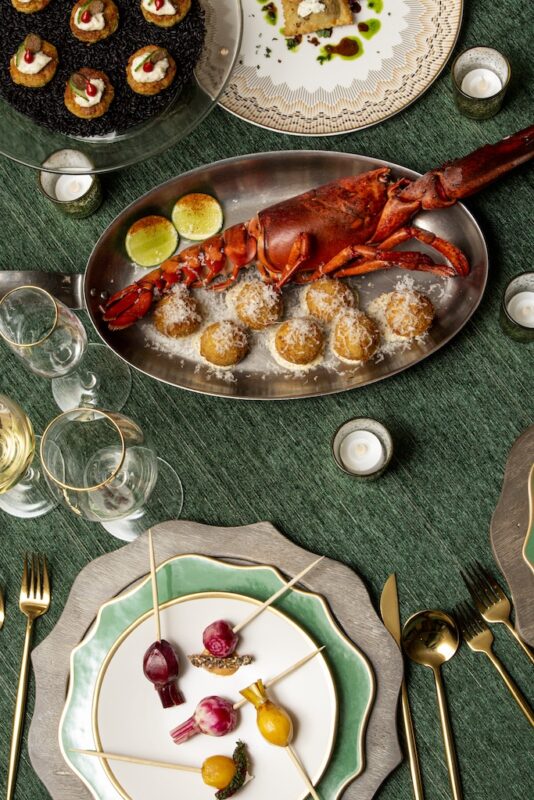Can you talk about why you wanted to open a cocktail bar in Baltimore and the ideas behind The Bluebird?
The short end of it is we were tired of working for other people. Turns out it’s harder to please myself than any boss I’ve ever had. The longer version is we wanted to open a bar that we wanted to go to, that we didn’t think Baltimore had, and in an aesthetic we were capable of delivering.
My partners (wonderful wife Caroline, and bar manager Ben Poole) and I have over 25 years of collective experience in this business. My wife and I got into it, like nearly everyone else, as a way to make a couple of bucks while we were figuring out what else we could do/working on other endeavors. For three years I worked part-time while I wrote my first novel, An Ouroboros. The book did not bring financial freedom. Caroline and I hopped around a bit working in bars and restaurants wherever we landed. When we chose to return to the east coast we decided on Baltimore–close enough to family, but far enough from family. She enrolled in nursing school, I became the bar manager for Woodberry Kitchen. We weren’t happy.
One day, after a couple of years living in Hampden, Caroline and I drove past a restaurant for lease. She looked at me and said, “You need to open your own bar.” That afternoon I went on Craigslist, found the listing, contacted the landlord. The rest is history. We don’t regret any of our experiences. They’ve taught us what we like, what we don’t like, and most importantly, how to become independent. I thank everyone who helped us along the way.
Tell me about the ice! Why do you make specific shapes and sizes of ice cubes? How does it have no bubbles?
Crafting the ice is a technical procedure, and one that has little room for variance or subjective interpretation. I remove a 300lb block with a crane, place it on a stainless steel table, cut it with a chainsaw into four 10” rectangular blocks, chainsaw those blocks down into 2.5” sheets, run the sheets through the band saw creating a 2.5” column, then the column is run through the bandsaw to make 2.5”x2.5”x2.5” cubes. This is about as beautiful as the long, relentless explanations of whale hunting in Melville’s Moby Dick. However, the finished product is beautiful.
For our stronger, sipping cocktails, like the Old Fashioned, we use one of the cubes described above. It’s crystal clear because of a water circulator in the ice machine. It keeps the water constantly moving so excess oxygen doesn’t become trapped in the water. Your standard home icemaker delivers white ice because there is so much air that becomes trapped into the ice. White ice melts much faster because there’s less ice in the actual ice cube. Our crystal clear ice is denser, which causes it to melt slower thus not diluting your drink.
The Miss Isla, our current draft gin & tonic, is poured over a Collins cube. This is long and rectangular, fits perfectly into a collins glass. It allows you to enjoy the drink all the way through. Ever had a fountain soda? The last sip is nowhere near as good as the first. I think if you’re paying good money for a drink, we should deliver quality in every sip. The drink is also pretty as hell.
And lastly, we have our sphere. There’s little difference in what the sphere achieves compared to the large Old Fashioned cube. For us, it’s about the aesthetic.
There are a lot of people out there who think the ice is bullshit (their words not mine!). The fact is, it does make a difference in the quality of your drink. The drinks are beautiful. Last Saturday we sold 197 drinks that utilize hand-carved ice. The process of creating it has long ago lost any romantic appeal. It’s hard work, that takes up several hours of the day 5-6 days a week. In addition to cutting ice, there’s constant maintenance to ensure the equipment is running properly. It’s expensive. It’s also dangerous—the second you lose concentration is the second the bandsaw takes your finger with it. This takes me back to “Don’t do it if you don’t do it right.” I’ve yet to find an adequate reason why we shouldn’t strive for perfection.

